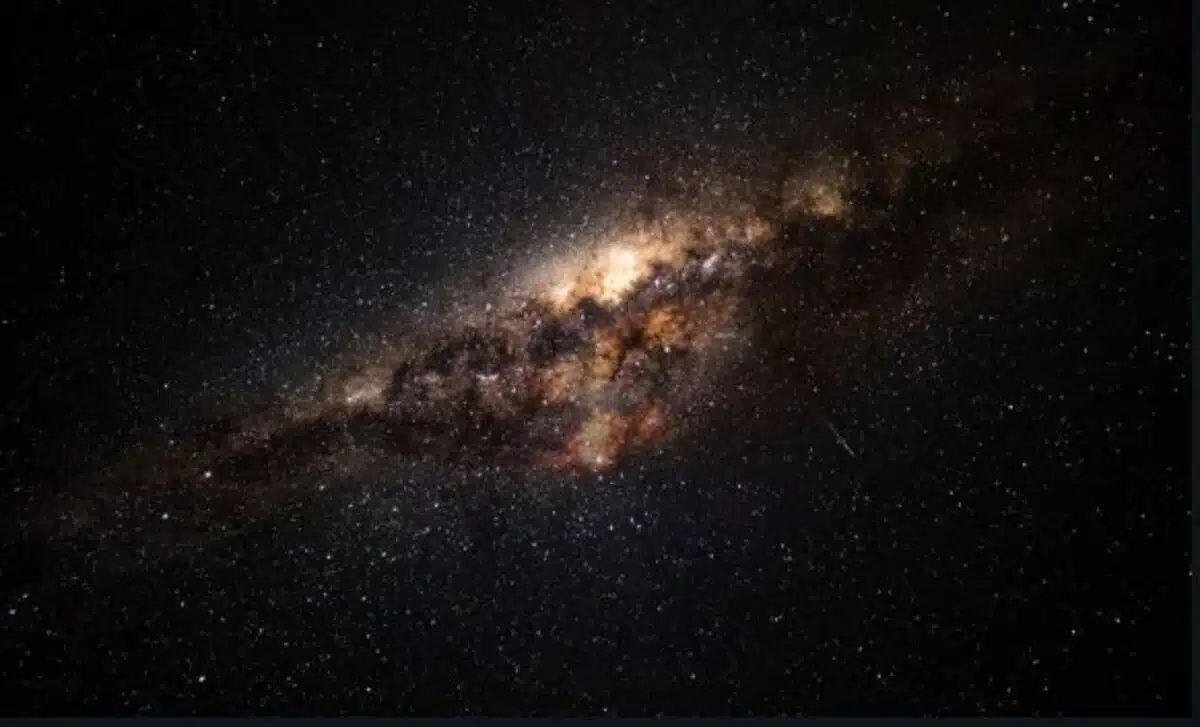
By Lydia Amazouz Published on August 30, 2024
Collected at: https://dailygalaxy.com/2024/08/ai-uncover-universe-fundamental-parameters/
Artificial intelligence (AI) is rapidly transforming the field of astronomy, enabling researchers to make significant strides in our understanding of the cosmos.
A recent breakthrough from the Flatiron Institute’s Center for Computational Astrophysics (CCA) in New York City highlights this potential, where AI was employed to determine five crucial cosmological parameters with unparalleled precision.
These parameters, essential for describing the universe’s large-scale structure and evolution, were extracted using innovative AI techniques that could also help resolve the long-debated Hubble tension. This study, published in Nature Astronomy on August 21, 2024, marks a pivotal advancement in cosmology, offering new insights into the universe’s fundamental workings.
Unlocking the Universe’s ‘Settings’
Cosmological parameters serve as the foundational “settings” that dictate how the universe behaves on the grandest scales. These parameters include the densities of ordinary matter (baryons), dark matter, and dark energy, as well as conditions immediately following the Big Bang, such as the universe’s opacity and clumpiness. Traditionally, these parameters have been estimated by examining the large-scale distribution of galaxies across the cosmos. However, this approach often overlooks finer details that could provide more accurate measurements.
The team at CCA, recognizing the limitations of traditional methods, turned to AI to extract these parameters from smaller scales within the data, something that had previously been unachievable. They trained their AI model on 2,000 simulated universes, each with different cosmological settings. This rigorous training allowed the AI to develop an understanding of how galaxies should appear based on the specific settings of these simulated universes. By introducing real-world observational challenges into the simulations—such as atmospheric distortion and imperfections in telescope optics—the researchers ensured that the AI could handle the complexities of actual astronomical data.
Once the AI was trained, it was applied to data from the Baryon Oscillation Spectroscopic Survey (BOSS), which includes observations of over 100,000 galaxies. The results were remarkable. The AI managed to estimate the universe’s “clumpiness” parameter with less than half the uncertainty of previous methods. This degree of precision is unprecedented and demonstrates the power of AI to refine our understanding of the universe’s fundamental characteristics.
Practical Implications and the Value of AI
The practical implications of this AI-driven approach are vast. Cosmological surveys like BOSS, which span large portions of the sky and collect data on hundreds of thousands of galaxies, represent significant investments in both time and money. As Shirley Ho, a co-author of the study and a leading astronomer at CCA, pointed out, “Each of these [telescope] surveys costs hundreds of millions to billions of dollars. The main reason these surveys exist is because we want to understand these cosmological parameters better. So if you think about it in a very practical sense, these parameters are worth tens of millions of dollars each.”
Given the substantial resources involved, extracting the maximum amount of information from these surveys is crucial. The AI method developed by the CCA team allows astronomers to do precisely that. By using AI to analyze small-scale details within the data, the researchers were able to achieve results that would traditionally require far more data. Specifically, the AI’s precision was equivalent to what would be expected from a conventional analysis using four times as many galaxies. This efficiency not only saves resources but also enhances the overall value of the data collected, pushing the boundaries of what is possible in cosmological research.
Addressing the Hubble Tension
One of the most intriguing potential applications of this AI-powered method is its ability to address the Hubble tension—a significant and ongoing discrepancy in measurements of the universe’s expansion rate. The Hubble constant, a critical parameter that describes how quickly the universe is expanding, has been measured using various methods that yield different results. This inconsistency has led to considerable debate among scientists and has raised questions about whether our current models of the universe are complete.
The AI approach offers a new tool to explore this tension with greater precision. As ChangHoon Hahn, the study’s lead author and a researcher at Princeton University, explained, “If we measure the quantities very precisely and can firmly say that there is a tension, that could reveal new physics about dark energy and the expansion of the universe.” By incorporating data from upcoming cosmic surveys, which will provide even more detailed observations, researchers hope to determine whether the Hubble tension can be resolved within the framework of existing models or if it points to new physics that could fundamentally alter our understanding of the universe.
The potential to resolve the Hubble tension is not just an academic exercise; it could have profound implications for our understanding of the universe’s fate. If the tension is confirmed and understood, it might lead to new insights into dark energy—the mysterious force driving the universe’s accelerated expansion—and could reshape our models of cosmology in significant ways.

Leave a Reply